Archived Fire Damage Blog Posts
Prevent Fires in Altoona and Blair County with Professional Dryer Vent Cleaning
10/16/2024 (Permalink)
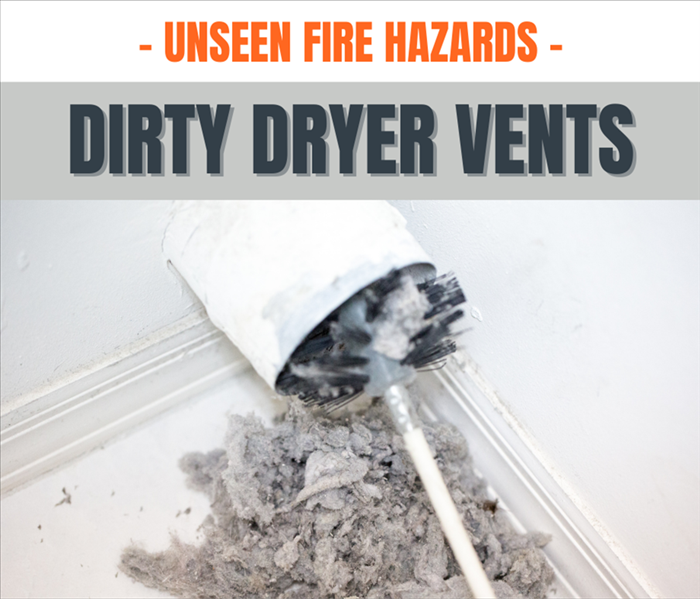 A dirty dryer vent could be a dangerous fire hazard lurking in your home.
A dirty dryer vent could be a dangerous fire hazard lurking in your home.
Fire cleanup in Altoona, Tyrone, and across Blair County is often the result of easily preventable issues like clogged dryer vents. Each year, many home fires occur because of neglected dryer vent maintenance, leading to costly fire restoration needs. SERVPRO Team Weaver offers expert dryer vent cleaning services to help reduce the risk of fire and ensure your dryer runs efficiently. Regular cleaning is essential to protect your home from fire hazards and avoid expensive damage.
How Clogged Dryer Vents Can Cause Fires
When lint, dust, and debris build up in dryer vents, airflow becomes restricted, causing the dryer to overheat. This situation creates a serious fire hazard, as lint is highly flammable. A single spark can ignite a fire, leading to the need for fire cleanup in Altoona, Tyrone, and throughout Blair County. The U.S. Fire Administration reports that failure to clean dryer vents is one of the leading causes of home dryer fires. Professional cleaning helps eliminate this risk.
The Benefits of Professional Dryer Vent Cleaning
- Fire Risk Reduction: Cleaning your dryer vents removes blockages, preventing overheating and lowering the chance of a fire.
- Better Efficiency: Clean vents allow your dryer to work more efficiently, reducing drying times and lowering energy costs.
- Longer Appliance Lifespan: When your dryer doesn’t have to overwork, it lasts longer, saving you money on repairs or replacements.
- Peace of Mind: SERVPRO Team Weaver uses specialized tools to thoroughly clean your vent system, ensuring it is safe and debris-free.
When Should You Schedule Dryer Vent Cleaning?
To avoid fire risks in Blair County, it's recommended that dryer vents be professionally cleaned at least once a year. If your dryer takes longer to dry clothes or feels hotter than usual, it’s time to schedule a cleaning as soon as possible.
Why You Shouldn’t Delay
Neglecting to clean your dryer vent increases the risk of house fires and, in homes with gas dryers, can lead to carbon monoxide poisoning. Additionally, a clogged vent forces your dryer to work harder, which can lead to costly repairs or replacements. Instead of waiting for a disaster, take preventative action today.
At SERVPRO Team Weaver, we’re committed to helping residents in Altoona, Tyrone, and all of Blair County prevent fires and stay safe. Don’t wait until you need fire restoration services—schedule a dryer vent cleaning today to safeguard your home.
Contact SERVPRO Team Weaver for Dryer Vent Cleaning
If it’s been a while since your last dryer vent cleaning, act now to reduce the risk of fire. Contact SERVPRO Team Weaver for professional dryer vent cleaning services. Visit our website or call us at (814) 946-0119 to learn more and schedule your appointment today.
Mistakes to Avoid When Making a Fire Claim
10/8/2024 (Permalink)
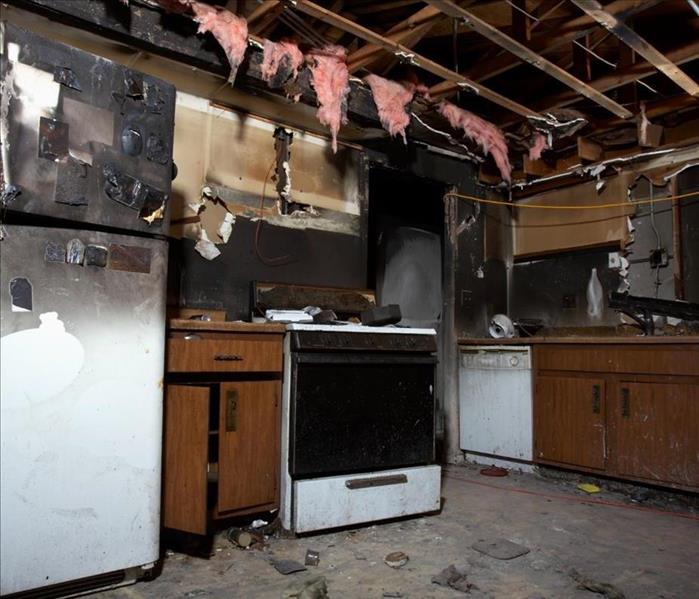 Kitchen fire and water damage caused by a pot left unattended on the stove.
Kitchen fire and water damage caused by a pot left unattended on the stove.
Dealing with a fire at your home or business isn’t just about the damage—it’s about tackling insurance claims, too. The process can be a real headache, especially when you're already emotionally and physically drained.
Understanding how fire claims work is key to getting the compensation you deserve. It’s easy to miss important details when you’re focused on cleanup, but those mistakes can end up costing you both time and money. With the right preparation, you can avoid the common issues that trip people up in these situations.
In this guide, we’ll walk you through the key steps to filing a fire claim and the common pitfalls to dodge. From immediate damage control to timely submissions, we’ve got you covered so you can focus on rebuilding and moving forward.
Getting a Handle on the Fire Claims Process
Fire damage can throw anyone for a loop, but knowing how the claims process works makes things smoother. Once fire damage hits, your first step is to notify your insurance company to get the ball rolling. They’ll want a list of everything that’s damaged.
An adjuster will come out to assess the damage, including the fire itself and any water damage from putting it out. Their job is to figure out what’s covered and how to handle the repairs. Keep receipts and document any emergency repairs or cleanup work you do—your insurance will want those.
Once approved, the funds will be released, and you can dive into the full restoration process. This might include things like soot and water damage removal, structural cleaning, and even mold remediation. Stay in touch with your insurance company throughout to keep things moving smoothly.
Here’s a quick checklist:
- Call your insurance company ASAP.
- Make a detailed list of damaged items.
- The adjuster will assess the damage.
- Prevent further damage and keep receipts for emergency repairs.
- Good communication with your insurance company will speed up the process.
Quick Action While Waiting for Help
If you’re waiting for restoration professionals to arrive, there are steps you can take to protect your property from further damage:
- Safety First: Ensure the building is safe before going inside.
- Ventilation: Open windows and doors to help clear out smoke and soot.
- Turn Off Utilities: Shut off water, gas, and electricity to prevent further damage.
- Save Valuables: If it’s safe, remove any valuable items to protect them from damage.
- Document Everything: Take photos and notes of all the damage for your claim.
Documenting Damage Thoroughly
After the fire is out and the dust settles, it’s time to start documenting. Grab your phone or camera and start taking pictures—lots of them. Get every angle of the rooms affected and snap individual items that are damaged. These photos will be key in proving the extent of the damage to your insurance company. A detailed inventory is also a must; list the items, their condition, and their estimated value.
Don’t Wait—Submit Your Claim Fast
The faster you submit your fire claim, the better. Insurance companies often scrutinize late claims, which can lead to delays or denials. Plus, the sooner you get that claim in, the quicker the restoration can begin, meaning less overall damage and a faster return to normal.
Secure the Property from Further Damage
Once the fire is out, make sure nothing else can make matters worse. This might mean boarding up windows, covering roof holes, or shutting off utilities to prevent water or weather damage.
Avoid Common Fire Claim Mistakes
A few missteps can cost you during the claims process. Here are some to watch out for:
- Missing Secondary Damage: Don’t overlook smoke or water damage when filing.
- Not Understanding Policy Limits: Make sure you know what’s covered and what’s not.
- Losing Receipts and Documentation: Keep track of every expense related to the damage and repairs.
Conclusion: Best Practices for a Smooth Claim
Handling a fire claim isn’t easy, but following the right steps makes it smoother. Working with professionals like SERVPRO Team Weaver ensures the process is handled efficiently and correctly. They’ll handle everything from cleanup to restoration, keeping your insurance company in the loop and making sure your property gets back to its pre-fire state.
Call SERVPRO® today at (814)472-0800!
Rapid Response is CRUCIAL
2/25/2020 (Permalink)
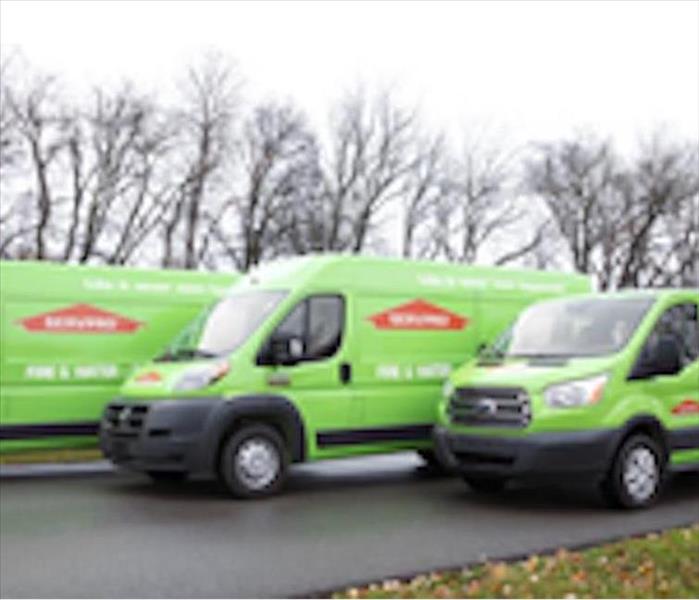 Call the cleanup team that is faster to any size disaster.
Call the cleanup team that is faster to any size disaster.
The first 48 hours after a fire damage can make the difference between restoring versus replacing damaged property and personal belongings. Rapid response and timely mitigation can help prevent fire damage from creating long-term problems.
Your local SERVPRO franchise professionals understand that returning to normal is your primary concern. SERVPRO response teams are trained in caring for both you and your property. By responding quickly with a full line of fire cleanup and restoration services, your local SERVPRO franchise professionals can help you get your home or business back up and running quickly and help protect your property and belongings.
If your home or business suffers a fire damage, contact your local SERVPRO franchise professionals to help make it "Like it never even happened."
Fire Safety Means Accident Prevention
2/13/2020 (Permalink)
House fires can be extremely devastating. The National Fire Protection Association reports that there are as many as 400,000 house fires every year in the United States. Fortunately, there are things you can do to protect your home, and your loved ones, from the danger of fire. It’s important to educate everyone in the home about fire safety, particularly if you live in a dry, hot area, and make sure they are all aware of an emergency plan: how to escape, where to meet and how to stay safe while doing it. Always keep matches, lighters and flammable objects away from children and teach them about the dangers of “playing” with such items. Talking about fire safety is crucial to prevention.
Thomas Walker is the founder of Home Safety Hub, a platform dedicated to finding resources and educational materials to help keep people safe. Below are a few of the best tips he shared on how to keep your home flame-free.
1. Check your heating
Any type of heating within the home needs to be checked regularly, whether it’s a gas-fueled furnace or a kerosene heater. Fireplaces should be cleaned often, including the chimney. Electric floor heaters should have cords in perfect condition and should be kept away from curtains and thick carpeting. Never leave a kerosene heater or gas lamp going during the night.
2. It’s electric
Don’t neglect electrical outlets or allow them to become overloaded. If your home is older than ten years, it’s a good idea to have the electric wiring checked by a professional. Never place cords or surge protectors under rugs or furniture.
3. Sound the alarm
Check smoke alarms and carbon monoxide detectors every six months to ensure the batteries are in good working order. Make sure there is an alarm in every bedroom and in the kitchen and any garage space, along with fire extinguishers.
4. Cooking consciously
Never leave stovetop items unattended, especially if you have a gas range with an open flame. Turn the handles of pots and pans away from the walkway so that they can’t be accidentally knocked off the stove. Keep the stove clean at all times and de-grease often.
5. Have a plan
It’s crucial to have a plan on what to do in case of emergency and share it with your family, making sure everyone knows the safest way to escape in the event of a fire, where to meet if the family is separated, and who to call. When it comes to family members with disabilities, the plan is going to have to take these disabilities into account. It may change depending on what the disability is.
Be sure to read through The National Fire Protection Association’s guide to escape plans for people with disabilities, which offers tips covering the five general categories of disabilities (mobility, visual, hearing, speech and cognitive) as well as what it describes as the “four elements of evacuation information that occupants need,” which include notification, way finding, use of the way and assistance.
Remember that fire safety begins at home. Teaching your family about the best ways to protect themselves from fire will not only give you peace of mind, but it may come in handy someday as well. In addition to saving lives, it can save a lot of headaches. Even a fire that claims no casualties can leave quite a mess to clean up.
For Homeowners, Putting Out a Fire Can Be Worse Than the Fire Itself
1/9/2020 (Permalink)
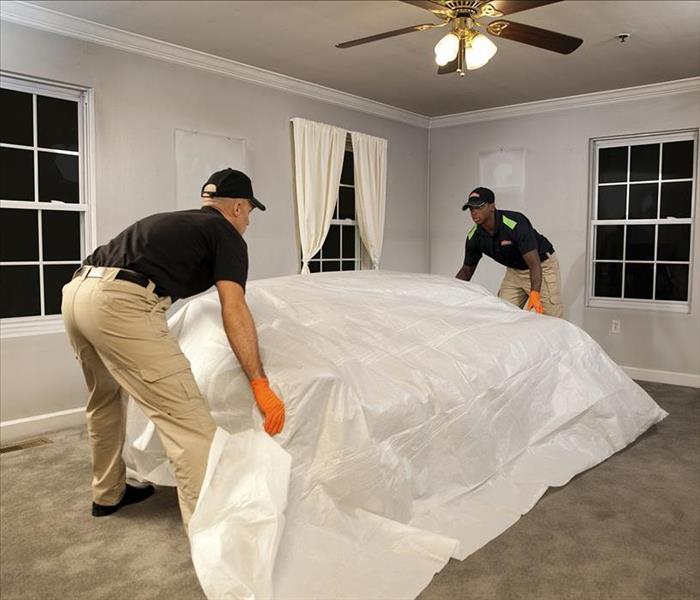 We're here to help.
We're here to help.
A backdraft of emotions often sweeps over the homeowners after a fire ravages a home. Fear, uncertainty, stress and doubt about the future of the property can overwhelm the homeowner long after the flames have been extinguished and the smoke has cleared.
The first 48 hours after a fire damage can make the difference between restoring versus replacing your property and personal belongings. So after the first wave of heroes have rescued the property, let us help you restore it. With the industry-approved training to employ rapid response, the utmost professionalism, cutting-edge technology and open communication, we strive to restore not only the home, but the customer's peace of mind, as well. Our professionals can help prevent fire damage from creating long-term problems. We provide timely response with mitigation services ranging from fire, smoke and soot removal to contents claims inventory and document restoration. These services help ensure your property, belongings and memories are restored to preloss condition when possible.
So, before you risk doing further damage by attempting to clean up the damage yourself, call the fire damage cleanup and restoration professionals at 814-946-0119.
What to Do Until Help Arrives (Fire & Smoke Damage)
1/9/2020 (Permalink)
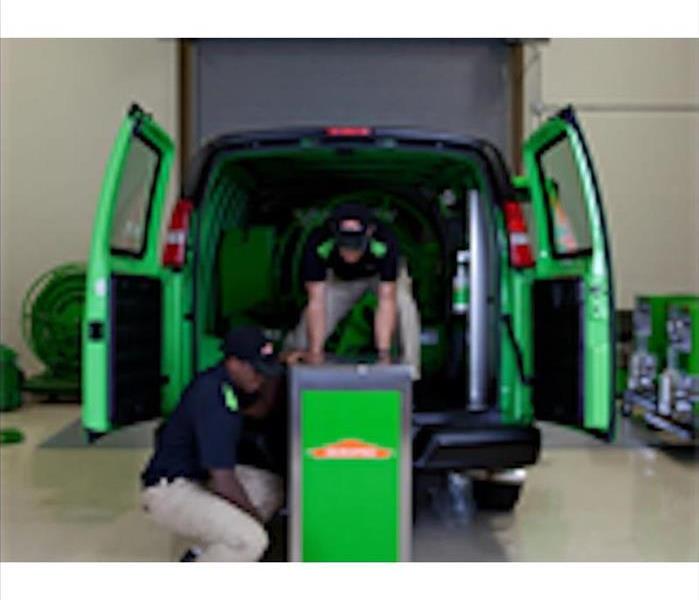 Help is on the way!
Help is on the way!
The first 48 hours after a fire damage can make the difference between restoring versus replacing your property and personal belongings.
DO:
- Limit movement in the home to prevent soot particles from being embedded into upholstery.
- Keep hands clean. Soot on hands can further soil upholstery, walls and woodwork.
- Place dry, colorfast towels or old linens on rugs, upholstery and carpet traffic areas.
- If electricity is off, empty freezer and refrigerator completely and prop doors open to help prevent odor.
- Wipe soot from chrome on kitchen and bathroom faucets, trim and appliances, then protect these surfaces with a light coating of lubricant.
- If heat is off during winter, pour RV antifreeze in sinks, toilet bowls, holding tanks and tubs to avoid freezing pipes and fixtures.
- Wash both sides of leaves on house plants.
- Change HVAC filter, but leave system off until a trained professional can check the system.
- Tape double layers of cheesecloth over air registers to stop particles of soot from getting in or out of the HVAC system.
DON'T:
- Attempt to wash any walls or painted surfaces without first contacting SERVPRO.
- Attempt to shampoo carpet or upholstered furniture without first consulting SERVPRO.
- Attempt to clean any electrical appliances (TV sets, radios, etc.) that may have been close to fire, heat or water without first consulting an authorized repair service.
- Consume any food or beverages that may have been stored close to fire, heat or water. (They may be contaminated.)
- Turn on ceiling fixtures if ceiling is wet. Wiring may be wet or damaged and cause electrical shock, and air movement may create secondary damage.
- Send garments to the dry cleaner. Improper cleaning may set in smoke odor.

 24/7 Emergency Service
24/7 Emergency Service




